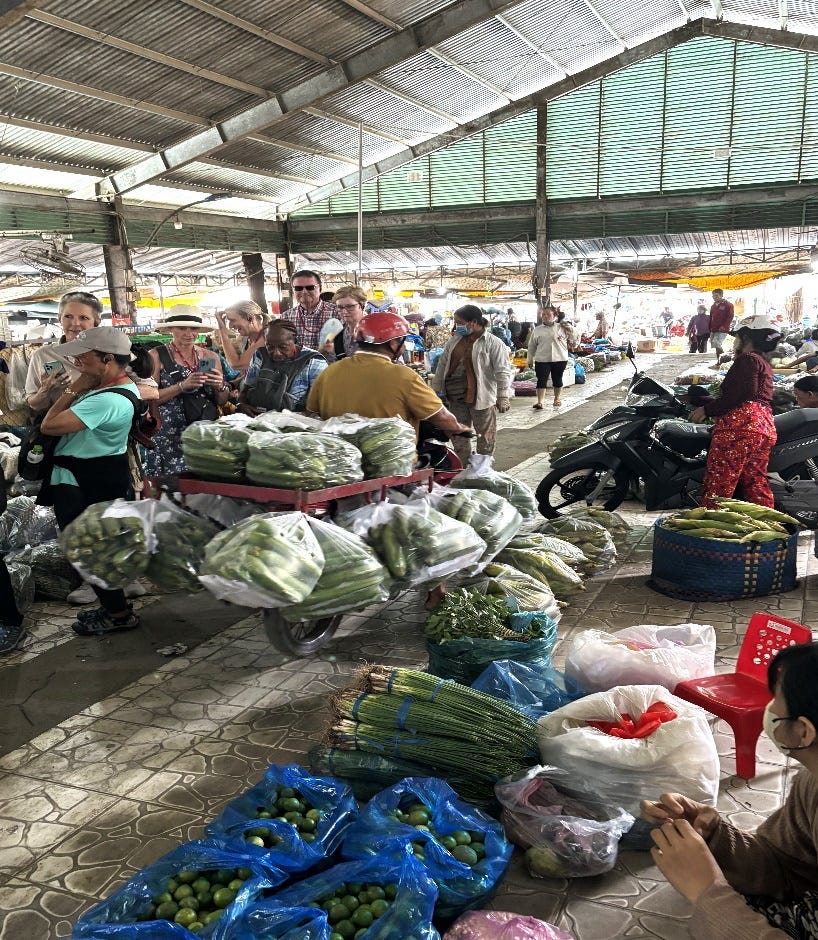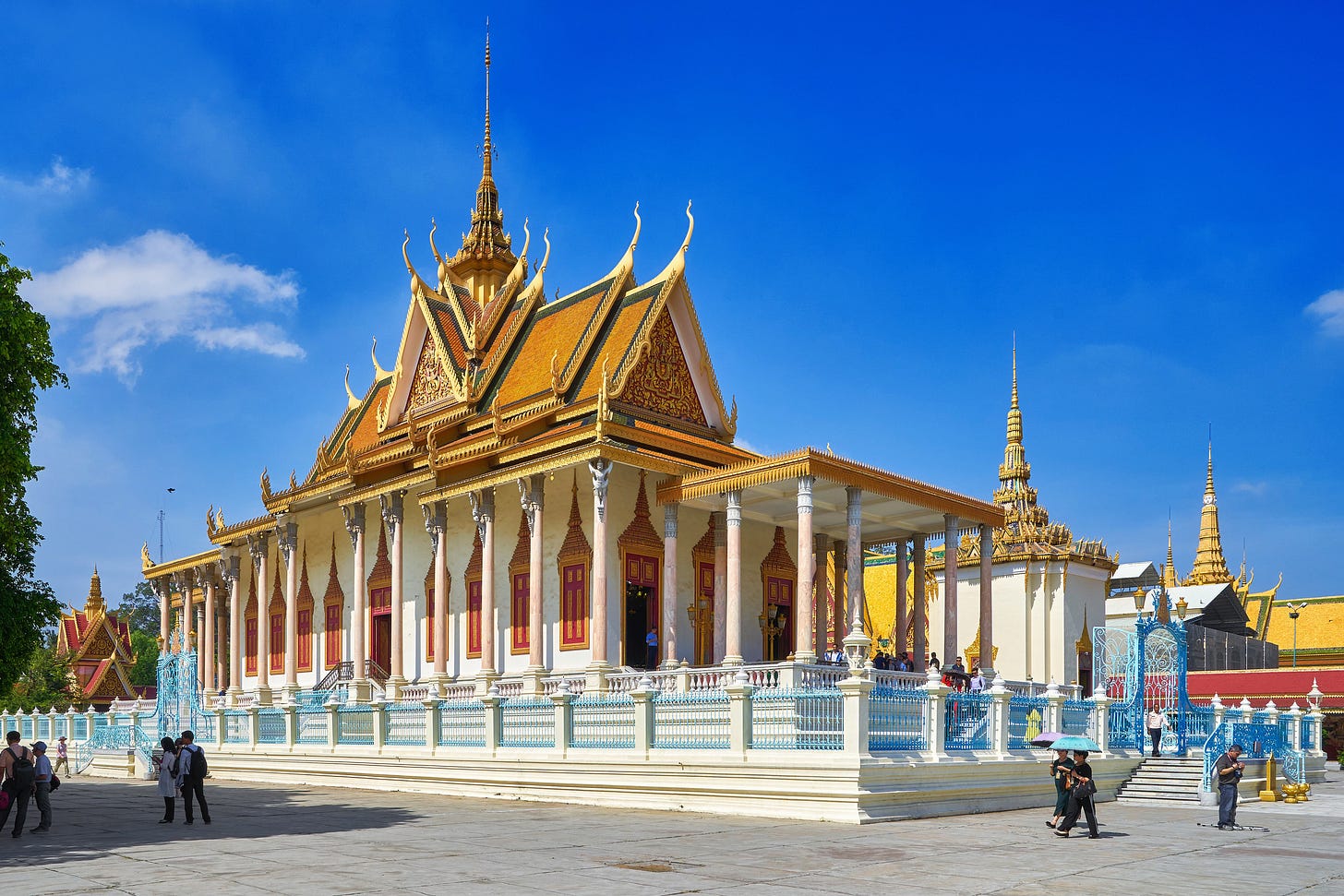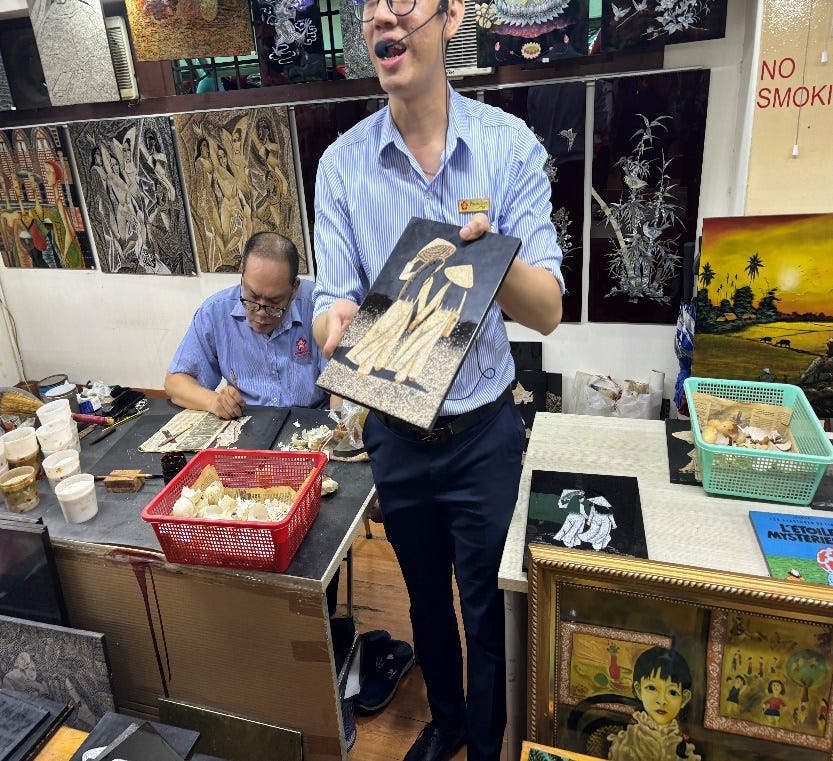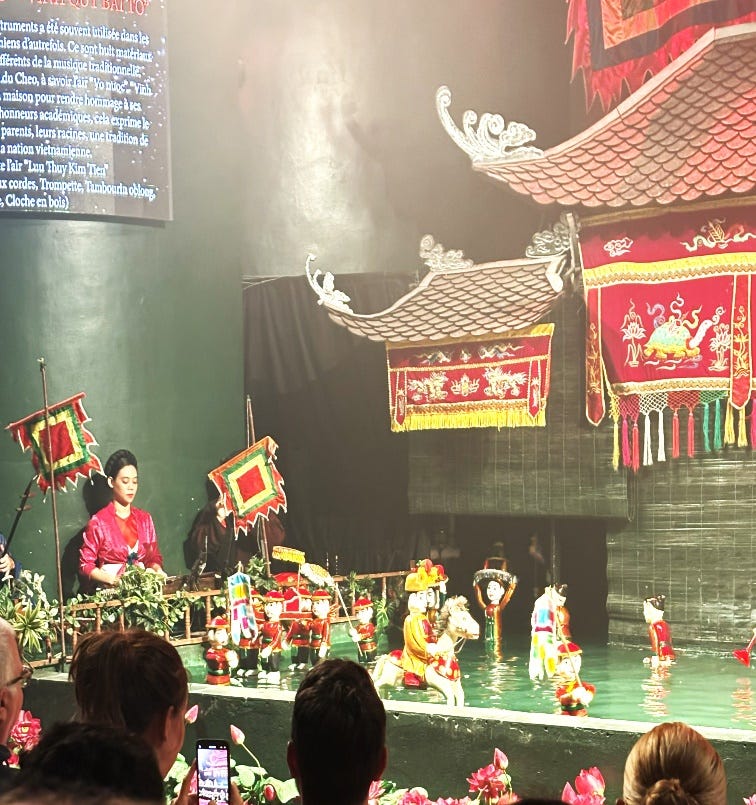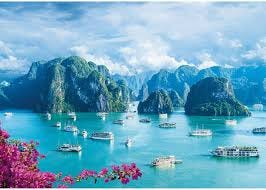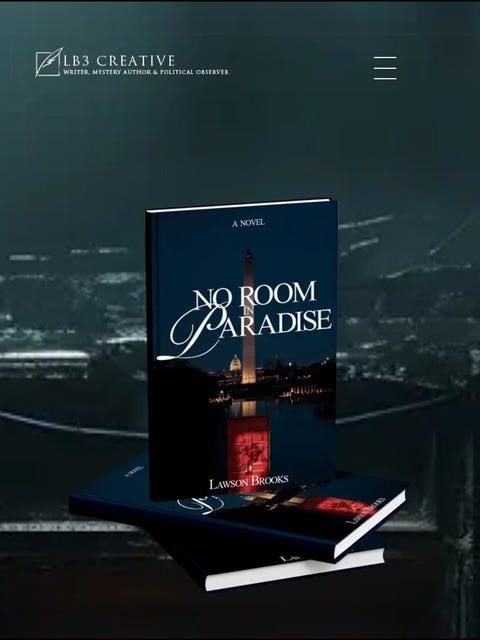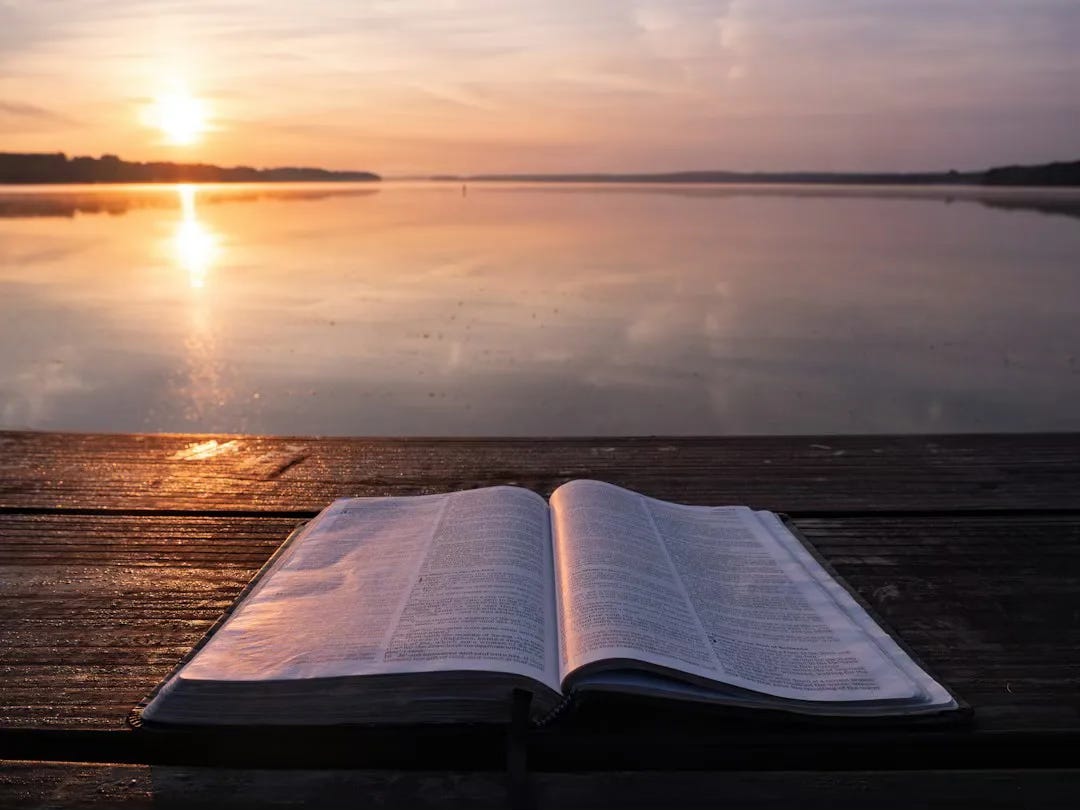Unveiling the Mystique, Part 2, Our Journey Through Cambodia: Ancient Temples and Historical Cities
Cambodia
The cruise crossed the border from Hong Ngu into Cambodia and stopped to allow Cambodian customs officials to board and check passenger visas. From the boat deck, we watched the beautiful skyline of Phnom Penh, the capital of Cambodia.
Cambodia’s Vibrant Central Market
We were shuttled to the central market, where vegetables, black, gold, brown rice, fresh fish, and clothing were sold. Many vendors are English-speaking, so we had no trouble communicating or bartering with the salespeople for a better price. The tour guides encouraged us to barter and not pay the first price.
The vendors were friendly, and most spoke excellent English, so we had no problems bartering for our best price. We purchased two pounds of black rice, two pounds of yellow rice, Cambodian coffee, spices, and T-shirt souvenirs. I doubt we spent more than $20.00.
Our tour guide told us that Cambodia has five principal income streams, some of which are exported to the world markets: textiles, real estate, agriculture, tourism, and minerals. The minerals include precious metals and stones.
Temple of the Emerald Buddha
One of the most beautiful collections of buildings in Cambodia can be seen at the Temple of the Emerald Buddha. Ninety-five percent of Cambodians are Buddhist, three percent are Muslim, and 2% are Christian. Buddhists do not worship a deity or a god but revere Buddha; the Buddha blesses them with longevity, good complexion, happiness, and strength. We could tour the campus and the principal temple but had to remove our shoes and wear clothing appropriate and respectful of the culture.
Visit to the Killing Fields
Cambodian genocide, the systematic murder of up to three million people in Cambodia from 1976 to 1978, was carried out by the Khmer Rouge government under the communist dictator Pol Pot. Our guide explained how the Pol Pot regime would round up doctors, lawyers, teachers, architects, engineers, or anyone with smooth hands and tortured them until they agreed with the accusations of working for the CIA (Central Intelligence Administration)
We met a survivor who knew how to fix typewriters needed for the Pol Pot propaganda campaign; that was the only reason for his survival. The experience of walking through that area was very moving, if not alarming. There is a museum on site which is full of skulls and personal items, pictures of the victims, and examples of the Khmer Rouge torture techniques. If you are a sensitive soul, skip this tour.
A survivor of the "Killing Fields," holding his published book. He was spared because he knew how to fix typewriters for Pol Pot’s propaganda machine.
Siem Reap and Angkor Wat
Our Viking group was bused to Siem Reap, where the largest group of ancient temples and UNESCO sites are located. The Central market area comes to life at night with music, bars, and entertainment. There was so much to see and do.
We toured the city in the morning and stopped at an artisan shop specializing in beautiful epoxy resin art. Depending on the size and intricacy of the work, the pieces sell for a few dollars to thousands. The shop owner explained the time and skill necessary to produce this art. Because of the preparation and multiple colors and layers of the resin, it takes days to sometimes months to produce one piece.
Epoxy resin art
After the tour, we returned to the boat for lunch. Later that afternoon, my wife and I took a Cambodian cooking class and learned how to make a Cambodian salad, fish dish, and dessert. This and other tours are part of the Viking Masterpiece Collection and must be purchased separately from the cruise.
Angkor Cambodia
The following morning, we left the boat for the last time and were bused to our hotel for the ground portion of the excursion. The ride took 4-5 hours, but we stopped several times for snacks and to use the "Happy Room," as the guides call restrooms. Viking had booked rooms at the magnificent Sofitel Hotel in Angkor, Cambodia. The hotel is like a museum with beautiful South Asian art, sculptured elephants, pottery, and silk pieces of various sizes. The excellent staff showed us the utmost respect and gratitude for visiting their country and hotel. However, a scary thing happened when we arrived.
My wife complained of pain and swelling in her calf area. I was concerned about a potential Deep Vein Thrombosis. Our Medicare didn't cover out-of-country medical expenses, but we needed an emergency room. The hotel arranged transportation to and from the International Angkor Hospital. At the ER reception desk, where the staff spoke English, they took our information, explained the cost upfront, and showed us to an examination room. The emergency service area was much like one in the United States. Two nurses came in to take vital signs and my wife's complaints. Within minutes, the doctor was there to get further history and afterward did a comprehensive examination. He spoke English and said he, too, was concerned about a DVT. He ordered an ultrasound, which fortunately didn't show a blockage, so she left the ER with medication. Our driver was waiting outside to take us back to the Sofitel. The entire trip took less than an hour and cost us $405.00. We had emergency medical travel insurance, which would have paid for Medivac if needed, but no medical care in Cambodia. I always recommend the purchase of medical insurance for international trips. Most U.S. insurance companies and Medicare will not cover medical expenses when you are out of the country. These international medical plans are priced based on the time spent overseas, in Canada or Mexico, whether you are there for one week or three months.
Angkor Wat Temple
Our next venture started at 0830 when we visited the UNESCO site and 7th wonder of the world, Angkor Wat Temple. The vast religious complex of Angkor Wat comprises more than a thousand buildings, and it is one of the tremendous cultural wonders of the world. Angkor Wat is the world's largest religious structure, covering some 400 acres (160 hectares), and is the most remarkable example of Khmer architecture. I don't remember how long we walked around the temple and its grounds. The tour staff had given us salt tablets and plenty of water to prevent dehydration. It was boiling hot and very humid, and most of us were drenched with sweat when we returned to our buses. Comfortable shoes are a must for any of these explorations, water, and a good sun hat or umbrella.
We visited two other temples the next day. One was used by Angelina Jolie in 2000 when she filmed the "Tomb Raider," and the "Indiana Jones" series filmed at Angkor Wat. It is called the "Jungle Temple," and it is still covered in jungle and trees that the locals call "Strangler Figs." The Strangler Figs send their roots like giant anacondas through the structures, lifting stones and crumbling walls as if purposeful.
Our trip to Cambodia was cut short because of an approaching Typhoon, so our program director, UT, told us we would leave the next day for Hanoi. Hanoi airport was expecting to cancel flights and closed for two days, so we had to leave if we were to catch a flight to Japan in a few days.
Our bags were packed and placed outside our room for pick up the following day. After lunch, we boarded buses for the Angkor airport, but we stopped at a school, Homestay Volunteer Teachers Organization, where English and computer skills are taught. The children aged 5-14 met us as we exited our bus, and many grabbed our hands, taking us into the school grounds and the many classrooms. The school was started by a tour guide working for Viking Cruise Lines. He explained the school's origin and growth and how the wife of the owner of Viking had visited and was so moved that she invested enough money to expand the school's physical plants, land, and outreach.
These children now had access to English and computer skills, and we were invited to sponsor either high school, university, or both until completion. High school costs $400.00/year, and university costs $700.00/ year. These donations go through a 501c3 in the USA.
Many children were especially interested in my story and the stories of two other people of color as we walked through the grounds and visited the classrooms. The 13- and 14-year-old young ladies that grabbed my hands told me of their wish to one day be a doctor and the other a teacher. One gave me her biography written in English. We later discovered that the children rarely see people of color, especially women, during these visitations, so they didn't want to let go of this rare experience. My wife and I sponsored the 14-year-old that espoused to be a teacher. The cost of $400.00 / year amounts to two cups of Starbucks a week or two bottles of wine a month, but it means hope and a new life for these children.
Hanoi: The Grand Finale
The journey concludes in Hanoi, Vietnam's charming capital. This city blends ancient history and modern development with tree-lined boulevards, colonial buildings, and vibrant street markets. A city tour might include the Ho Chi Minh Mausoleum, the One Pillar Pagoda, and the Temple of Literature, Vietnam's first university.
The Ho Chi Minh Mausoleum is a treasure to the Vietnamese people. For many Vietnamese, visiting their beloved teacher's resting place is a yearly pilgrimage, but to the less fortunate, it is a once-in-a-lifetime and memorable event.
Hanoi's Old Quarter is a maze of narrow streets, each specializing in a particular trade, from silk to silver. The lively atmosphere, with its bustling shops and cafes, captures the essence of Hanoi's dynamic culture.
Visiting the Thang Long Water Puppet Theater offers a unique cultural experience. This traditional art form, rooted in the Red River Delta, features wooden puppets performing in water, accompanied by live music and narration.
Halong Bay: Natural Wonder
As an extension, we could have taken a cruise along Halong Bay, one of Vietnam's most famous natural attractions. This UNESCO World Heritage Site features thousands of limestone karsts and islets rising from emerald waters, creating a breathtaking seascape. Activities in Halong Bay include kayaking, exploring hidden caves, and visiting floating fishing villages. We decided not to, but many on our cruise took the journey to Halong Bay.
An overnight stay on a traditional junk boat in Halong Bay allows you to fully immerse yourself in the tranquil beauty of this extraordinary place. Sunrise over the bay, with its ethereal mists and calm waters, is a sight you'll never forget.
Conclusion: A Journey of Discovery
A Viking River cruise from Ho Chi Minh City to Hanoi is not just a voyage along the country's waterways; it's a journey through Vietnam's history, culture, and natural beauty. Each stop offers new insights and experiences, from the vibrant markets of the Mekong Delta to the tranquil waters of Halong Bay.
As you traverse the length of this fascinating country, you'll gain a deeper understanding of Vietnam's rich heritage and resilient spirit. Whether exploring ancient temples, savoring local delicacies, or simply enjoying the scenic views from the deck, this cruise promises an unforgettable adventure.
Bon voyage!
Armand Gonzalzles
The Louisiana Traveler
Visiting Amazon? Let Fit2Journey Be Your Gateway. Check us out on your way thru.
And don’t forget to visit our website.
Coming in December!
The Mystery Begins Here
What We’re Watching
What We’re Reading
In the Aftermath of Hurricanes Helene and Milton, Is It OK to Travel to Florida Right Now?
10 Airport Mistakes I See Travelers Make — and What You Should Do Instead to Save Time and Money
The Ultimate Santa Fe Experience: Art, History and Adventure






